Morpathia: The life of Frank Graham, a remarkable man
and live on Freeview channel 276
I had lunch – sweet potato soup with a nice spicy flavour, a ploughman’s and a pot of tea – and then went to look at the pictures. I was surprised to find that I recognised several of them.
After a while, the penny dropped – they were used by Frank Graham to illustrate his many books on Newcastle.
Advertisement
Hide AdAdvertisement
Hide AdFrank Graham (1913-2006) was a remarkable man. One of five children of draper’s assistant, he won scholarships to Bede Grammar School in Sunderland and then to King’s College, London. He intended to study classics and become an archaeologist, but took to student politics instead and joined the Communist Party.
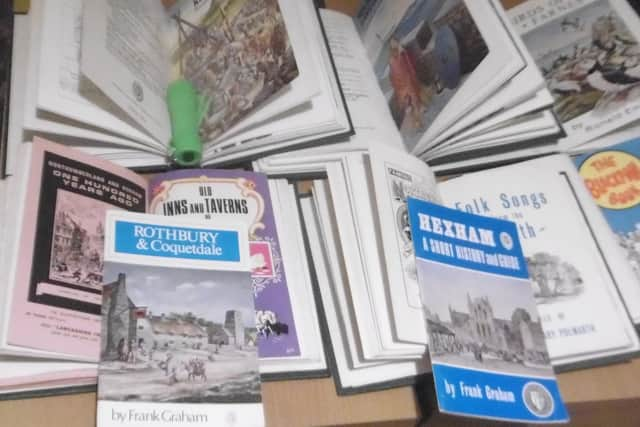

He did not take his degree, but returned to Sunderland where he joined the National Unemployed Workers Movement and organised local contingents for the 1934 and 1936 Hunger Marches to London. He was always scathing about the more famous, ‘non-political’ Jarrow March.
He volunteered for the International Brigade in Spain and fought in the Battle of Jarama which, if the Fascists had won, would have given them an early victory.
Frank lost close friends and brought back the body of one of them from in front of the Fascist lines.
Advertisement
Hide AdAdvertisement
Hide AdAfter a brief spell in England addressing meetings and rallies, he returned and fought at Brunete. He was now a reconnaissance officer, was severely injured in the stomach and spine in the Battle of Caspe, rescued by two Spanish stretcher bearers and treated by Spanish doctors while retreating from the better equipped Fascist forces.
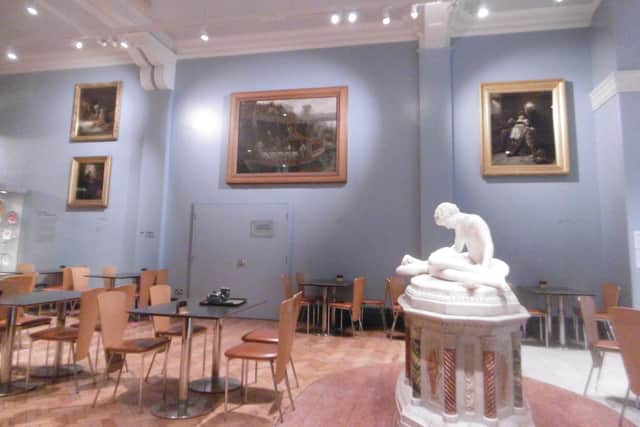

After three months in hospital, he broadcast to England from Radio Barcelona but then contracted typhoid. He escaped to England on a British destroyer, which he later became certain was intended for somebody else.
Back home, Frank took part in memorial services for the men killed in Spain and collected money for the widows and orphans. In connection with both the Civil War and the YHA, he was on the platform with Sir Charles Trevelyan.
Being unfit for military service, he got a job with ICI, but the Special Branch tipped them off. He was summarily dismissed and spent the war in low-paid jobs like being a Co-op milkman.
Advertisement
Hide AdAdvertisement
Hide AdHe was still an active Communist and we find him speaking at meetings in Sunderland, Blyth and North Shields, at the latter on “Stalin, his Life and Works.”
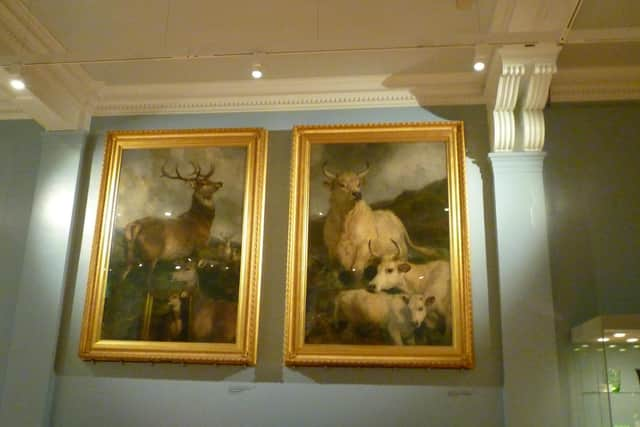

Frank married in 1940 and settled in Jesmond. He later enrolled in the Emergency Teacher Training Scheme, a one-year crash course at a temporary training college in Jesmond.
He was a brilliant teacher and worked for 15 years at Wharrier Street School in Walker. His last engagement for the Communist Party seems to have been in 1948.
He now took an interest in a wide range of historical and cultural matters, and was active in the Workers Educational Association (WEA). At North Shields in 1953, he gave two lectures on Northumbrian art and music and displayed 80 illuminated manuscripts and maps, all drawn by himself.
Advertisement
Hide AdAdvertisement
Hide AdThey show great care in both outline and colouring, and in the hand-drawn text. And, despite being an ardent socialist, he enjoyed embellishing them with the arms of feudal barons, coal-owners, merchants and landowners.
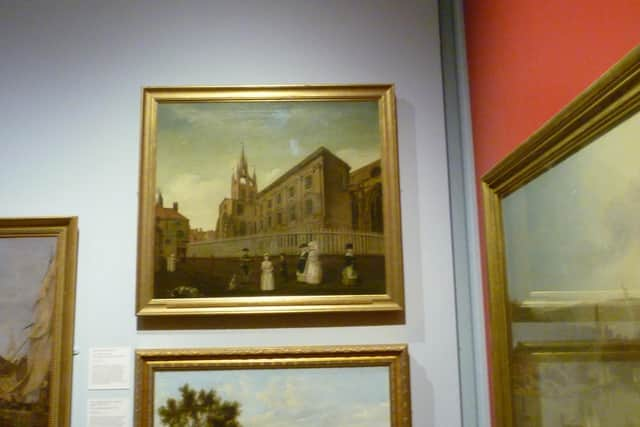

One of his topics for the WEA was the Holy Island. No good textbook was available, so he wrote his own. Lindisfarne or Holy Island came out in 1958 and sold well, followed in 1959 by Old Inns and Taverns of Northumberland.
In the 1960s, he had yet another interest – business. By 1966 he and his wife, Vera, were the biggest dealers in old prints in the country, selling over 10,000 a year.
At first, they hand-coloured and mounted the prints themselves as a hobby, but eventually had to employ six colourists from ‘down south.’ He gave up teaching in 1966.
Advertisement
Hide AdAdvertisement
Hide AdUp until then his publisher had been Mrs Graham and her trade stockist Messrs Harold Hill, but now Frank appears as the publisher and Messrs Hill were no longer required.
Another passion, going back many years, was smugglers and old inns – because he wanted “a different angle on local history”.
He travelled 30,000 miles a year seeking out the inns and, he once said, “You might not believe it, but I’m a staunch teetotaller.”
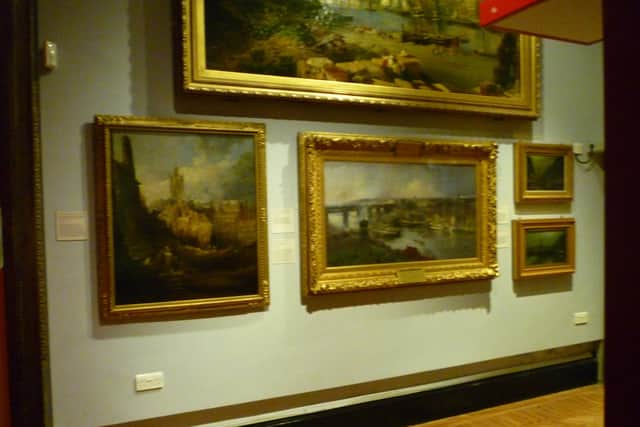

In 1968, he began republishing long out of print antiquarian books – The Legend of the Lambton Worm, The Cauld Lad of Hilton, Hibernia Delineatio (the first ever atlas of Ireland, first published in 1685) and Ye loving Ballad of Lorde Bateman, the original of which was printed and published at home by Joseph Crawhall of Morpeth in 1869.
Advertisement
Hide AdAdvertisement
Hide AdThe Book of the XV Brigade, first published in 1938, consists of articles written at the time, many by actual combatants, and printed in Spain while the war was going on. Frank wanted both to preserve the historical record and make it readily available.
It was printed and bound by the Scolar Press, a firm he employed for prestigious works like Chapbook Chaplets and Horsley’s Britannia Romana.
In 1980, an interviewer from the Evening Chronicle, James Dollan, picked up on his Communist past: “There’s a shining Ford Granada in the runway of the impressively comfortable terraced home in Queens Terrace, Jesmond, where Frank Graham and his wife Vera live and run the publishing business.”
Frank told him that he left the Party, “not for any reasons of disillusionment, but because I simply became interested in other things”.
Advertisement
Hide AdAdvertisement
Hide AdIn 1969, he met the artist Ronald Embleton and in 1984 Hadrian’s Wall in the Days of the Romans came out. It cost £95,000, including £30,000 for the illustrations alone.
The Chronicle’s Peter Fairley went to a celebratory lunch in Corbridge, where Ronald Embleton told him that their collaboration began, “like something out of one of those B-films ... We met in a very fly-blown cafe somewhere south of Tangiers. We were both on holiday at the time.
“We got talking and somehow the idea of working on the history of the Wall came up. It looked promising.”
Also in 1969, he published Scott Dobson’s Larn Yersel Geordie – selling 81,000 copies in a year. He retired in 1987, having sold three million books in 20 years, being 386 titles in 590 editions, including 102 written by himself.
Advertisement
Hide AdAdvertisement
Hide AdIn 1994, Frank Graham, now aged 80, and other survivors of the British Battalion attended the unveiling of a memorial to the 6,000 Republican and International Brigade fighters who were killed in the battle of Jarama. “It was a very emotional return for us. The reception from the local villagers was wonderful.”
He and others were later awarded Spanish citizenship, honouring a promise made during the Civil War.
Frank Graham died on April 30, 2006, survived by his wife, two sons and grandchildren.
Books by Roger Hawkins make ideal presents for anyone interested in local history. Available on Amazon, or from the Old Herald Office and Newgate News in Morpeth.